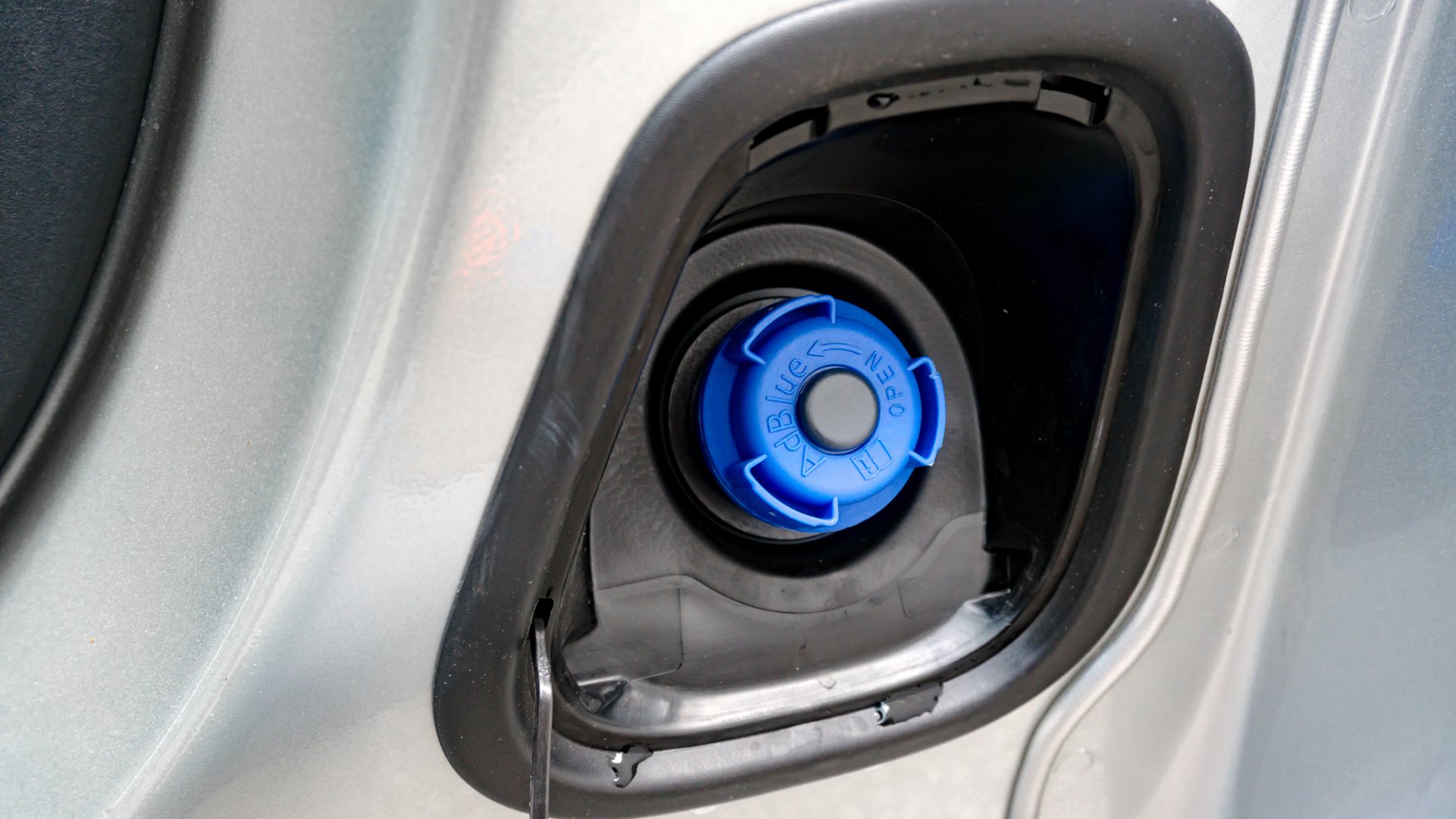Want to know how to use AdBlue correctly, to get the best possible results in your workshop? We’re here to help. In this blog, we detail a series of tips on how to use AdBlue and the most common mistakes you should avoid.
There have been several reports of AdBlue being added to the wrong system, leading to costly breakdowns, damage to vehicle components and, not to mention, very unhappy customers.
Let’s take a look at the most common mistakes made when using AdBlue and how to use AdBlue to get the results you want.
Fuel system
Unaware drivers often add AdBlue to the fuel tank. This causes wear to fuel pump and injector components. The level of damage and the cleaning procedure depend on whether or not the vehicle has been driven following the addition of AdBlue to the fuel tank.
AdBlue added to fuel tank, but engine not started
- Drain the tank and dispose of the fuel correctly. If necessary, flush the tank with clean fuel to ensure the interior is clean and the AdBlue has been removed.
- Fill the tank with fresh fuel and add 2 bottles of Wynn’s Total Action Treatment.
- Replace the fuel filter.
- Check the fuel filter after 800 km. If there are any signs of crystallisation, the tank should be cleaned again.
AdBlue added to the fuel tank with the engine running
- Drain the tank and dispose of the fuel correctly. If necessary, rinse the tank with clean fuel to ensure that the interior is clean and that the AdBlue has been removed.
- Fill the tank with fresh fuel and add 2 bottles of Wynn’s Total Action Treatment.
- Replace the fuel filter
- Disconnect the fuel system from the tank and run the engine on fresh fuel, making sure that it is returned to a used fuel tank.
- Check the fuel filter after 800 km. If there are any signs of crystallisation, the tank must be cleaned again.
Eolys/PAT fluid reservoir
Eolys fluid or PAT is a fluid used in certain vehicles to facilitate the regeneration of the DPF (diesel particulate filter). It has its own tank and is added to diesel fuel in small quantities determined by fuel tank fill-ups and consumption.
Eolys and AdBlue are not the same and either cannot be used as a direct replacement.
- When filling a vehicle with Eolys and AdBlue, ensure the right tank is filled with the correct fluid for that system.
- Adding Eolys to the AdBlue system and AdBlue to the Eolys system will cause extensive component failure.
- If the incorrect fluid has been added, then it must be drained and cleaned, and the correct fluid added.
- If the tank cannot be accessed to clean effectively, then it must be replaced.
Screenwash Bottle
If AdBlue has been added to the screenwash bottle, then the bottle should be removed and cleaned and if used, the pump and washer jets should be flushed through. The AdBlue will leave crystallised deposits through the system and can block the pump and jets.
Cooling system
AdBlue added to the cooling system will form crystals inside and restrict the flow of cooling, reducing the heat transfer. In low-load circumstances, it may not be discovered; however, motorway driving could lead to overheating of the engine.
If crystal formation is excessive, the water pump, thermostat, heater matrix or other components may require replacement.
- To clean the system, add 2 bottles of Wynn’s Cooling System Flush
- Run the engine at a faster idle of 1200-1500 rpm for 20 minutes
- Carry out a short, gentle drive on the road to ensure the vehicle is at the required operating temperature.
- Drain the cooling system and flush it with clean water. Once the system is clean, refill it with the required coolant.
To sum up, AdBlue must only be added to the tank provided for this purpose. Any addition to another system in the vehicle will have serious consequences. To avoid having to deal with such problems, don’t hesitate to take preventive action with your customers!

Leave A Comment